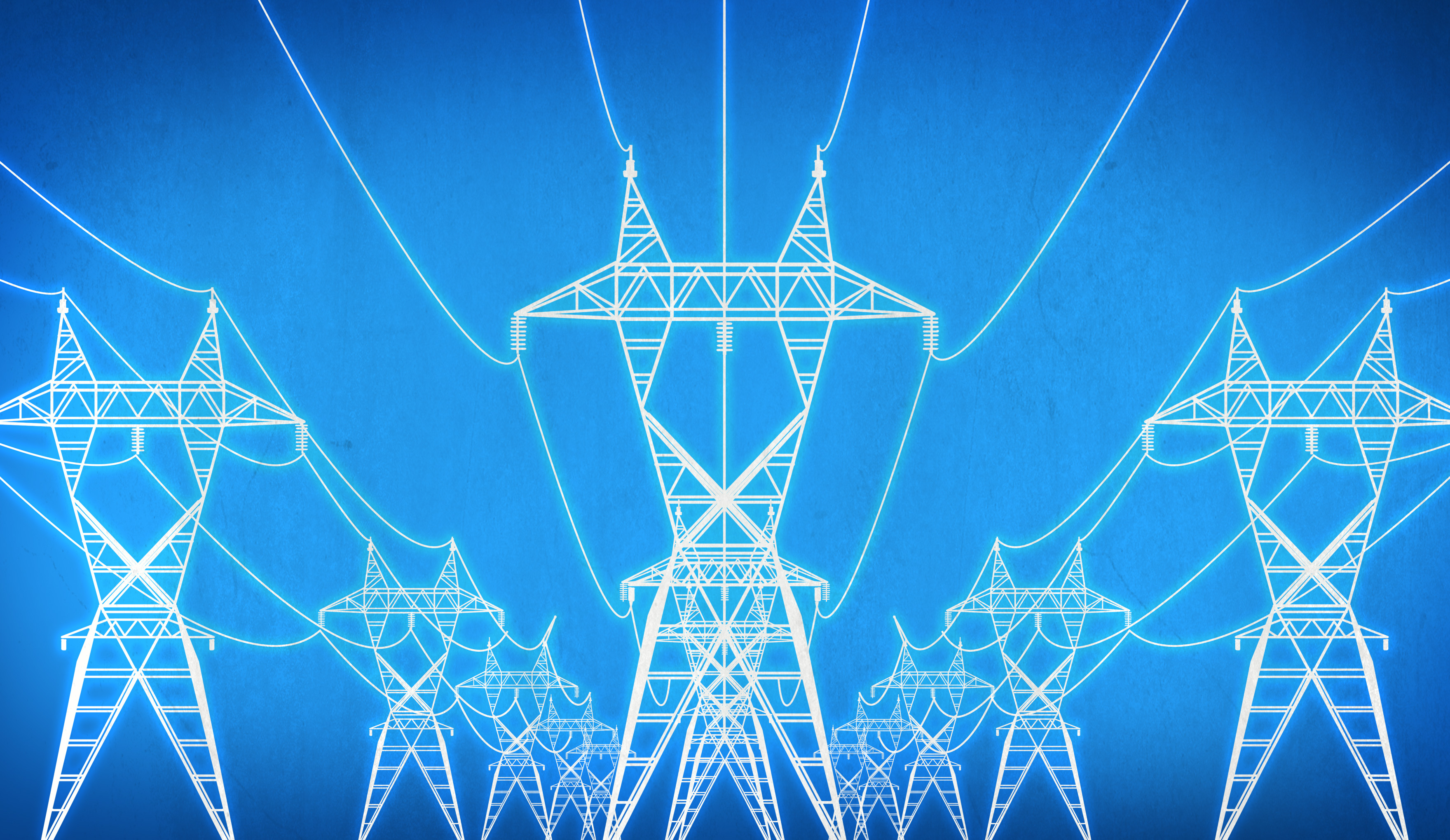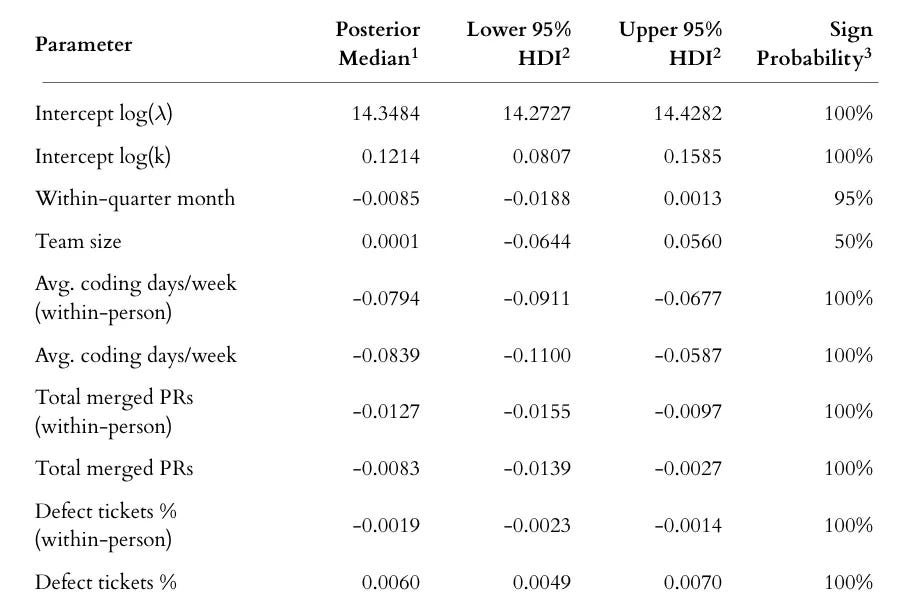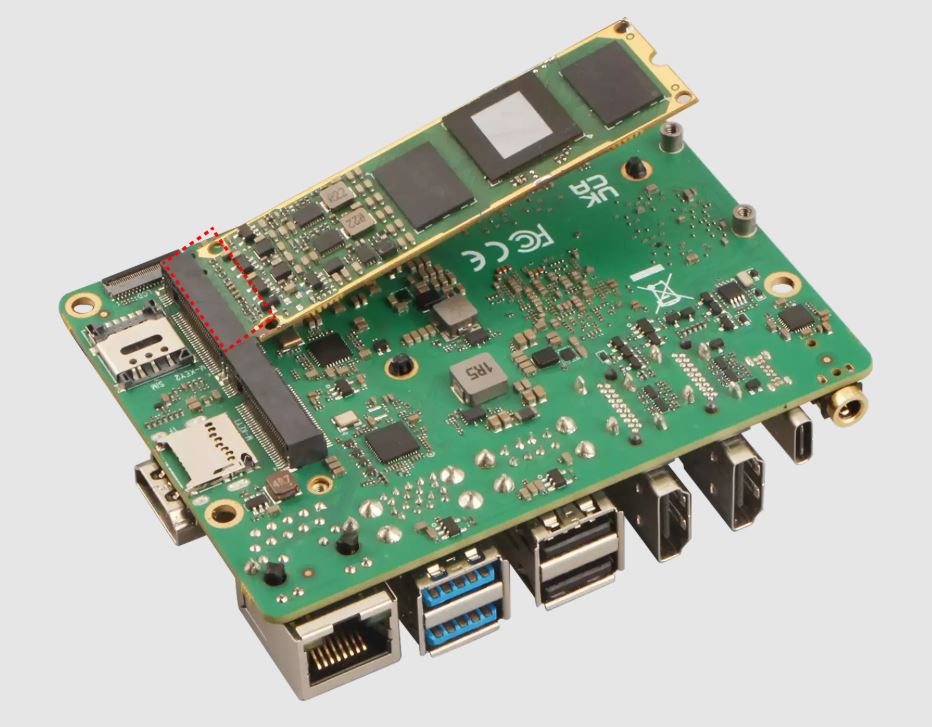
Power Grid Stability: From Generators To Reactive Power
It hasn’t been that long since humans figured out how to create power grids that integrated multiple generators and consumers. Ever since AC won the battle of the currents, grid operators have had to deal with the issues that come with using AC instead of the far less complex DC. Instead of simply targeting a constant voltage, generators have to synchronize with the frequency of the alternating current as it cycles between positive and negative current many times per second.
Complicating matters further, the transmission lines between generators and consumers, along with any kind of transmission equipment on the lines, add their own inductive, capacitive, and resistive properties to the system before the effects of consumers are even tallied up. The result of this are phase shifts between voltage and current that have to be managed by controlling the reactive power, lest frequency oscillations and voltage swings result in a complete grid blackout.
We tend to think of the power in our homes as something that comes out of the outlet before going into the device that’s being powered. While for DC applications this is essentially true – aside from fights over which way DC current flows – for AC applications the answer is pretty much a “It’s complicated”. After all, the primary reason why we use AC transmission is because transformers make transforming between AC voltages easy, not because an AC grid is easier to manage.










